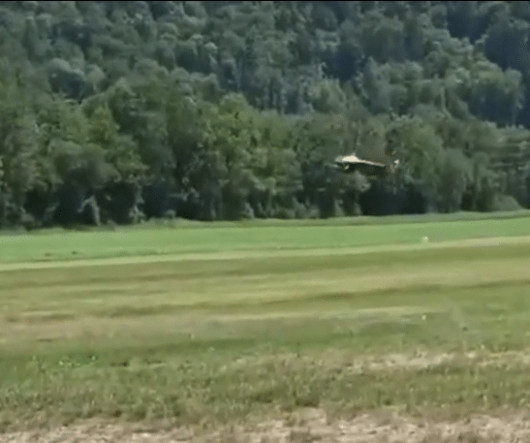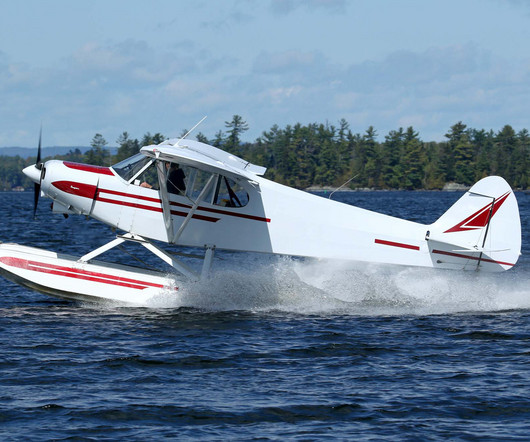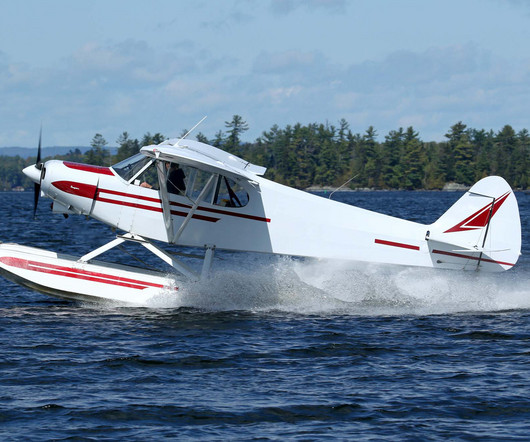The Fenestron Factor: Cabri G2 Crash in Gruyéres
Fear of Landing
JUNE 28, 2024
The weather was clear. The flight plan referenced the current weather, specifically noting a westerly wind at 15 knots at 5,000 feet above mean sea level, with gusts up to 25 knots at higher altitudes. Reducing the lift and decreasing the torque effect helped to stabilize the helicopter.











Let's personalize your content